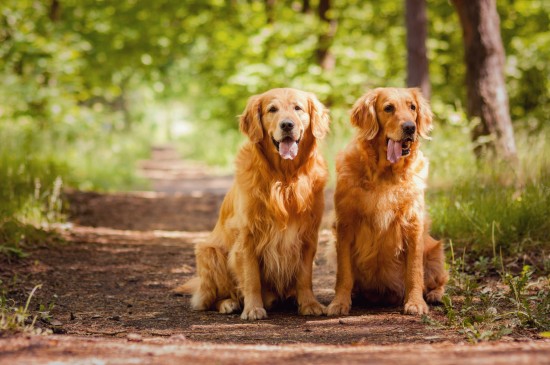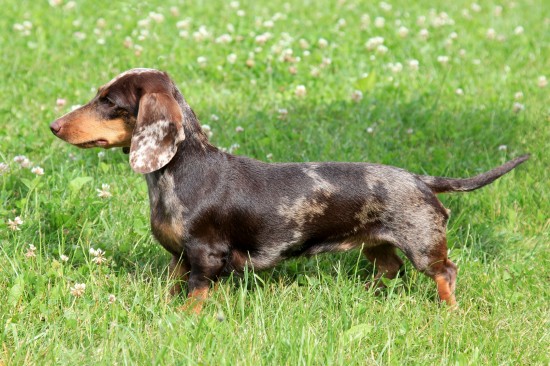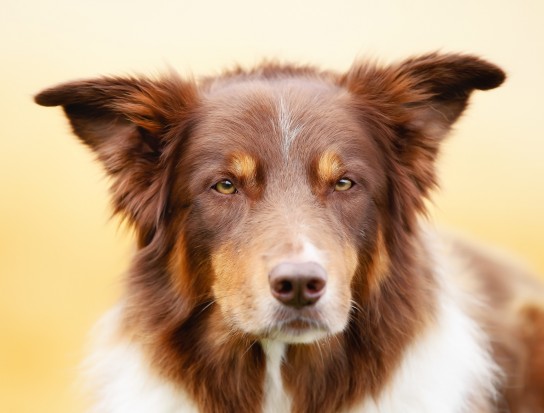Chesapeake Bay Retrievers Have A Unique Story In The History Of Dogs
Chesapeake Bay Retrievers are thought by many to be the ultimate waterfowl dogs. Their toughness, intelligence, and huge capacity to work long hours in extreme conditions is legendary. When did the breed begin and how was it developed?
The Chessies origins go back to 1807. It was in that year that the crew from a British ship was rescued as the ship sank in the Chesapeake Bay. Among the rescued were two Newfoundland puppies. George Law, who served on the rescue ship, the Canton, bought the puppies from the British ships captain. The male was named Sailor and the female called Canton. Because Laws was returning to sea, he gave the puppies away to two different owners. Eventually, both animals ended up with owners who were heavily involved in waterfowl hunting.
Chesapeake Bay Retrievers were developed from these two Newfoundlands. Other breeds that contributed to the Chesapeake were English Otter Hounds, Flat Coated Retrievers, Curly Coated Retrievers and the local coonhounds. The breeding was not as tightly controlled and documented as is today. It's unclear if Sailor and Canton were ever bred with each other. Even if they weren't, some of their offspring certainly were.
The primary qualities that were bred for in the early days were aimed at function, not appearance. The most important of these qualities were the ability to work in freezing, often icy, water and the ability to retrieve. Besides these two qualities, the animals had to have a great deal of endurance and the desire to work.
Some of the owners of the new Chesapeake Bay Retrievers were commercial hunters. At the time that Chessies were being developed, enormous flocks of birds were common. There could be thousands of birds in a flock. Since there weren't hunting limits placed on the hunters, they would often shoot hundreds of birds a day. All of the dead and wounded birds had to be pulled from the icy waters where they fell. This was exhausting work but the Chesapeake proved to be up to the task.
When the giant flocks of ducks and geese began to disappear, the breeding requirements changed. Breeding was no longer solely focused on function. Appearance became a bigger factor. In fact, at one time there seemed to be a split in the breed. Some breeders were breeding for appearance and the show arena. Others didn't seem to really care what the dogs looked like. To them, all that mattered was how it performed in the field. Fortunately, these two different outlooks have merged. The physical appearance and other physical attributes became increasingly standardized over the years. The American Kennel Club recognized the breed in 1878.
The reputation of the Chesapeake Bay Retrievers began to spread beyond the Mid-Atlantic States. Besides both coasts, other areas, including the American West, began producing top quality animals. In 1918 the American Chesapeake Club was established. The goal of this organization is to promote the breed and to educate people about the breed.
With a strong 200 year history behind them, Chesapeake Bay Retrievers are sure of a bright future.

 Elbow Dysplasia In Dogs
Elbow Dysplasia I
Elbow Dysplasia In Dogs
Elbow Dysplasia I
 Why Organic Foods are Good for Health of Dogs?
Why Organic Foods are Good for Health of Dogs?
Why Organic Foods are Good for Health of Dogs?
Why Organic Foods are Good for Health of Dogs?
 Fun & Fascinating Facts About Cats, Our Feline Friends
Fun & Fascinating
Fun & Fascinating Facts About Cats, Our Feline Friends
Fun & Fascinating
 Breed Specific Dog Food - Is It Necessary?
Breed Specific Do
Breed Specific Dog Food - Is It Necessary?
Breed Specific Do
 What Is A High Drive Dog?
What Is A High Dr
What Is A High Drive Dog?
What Is A High Dr